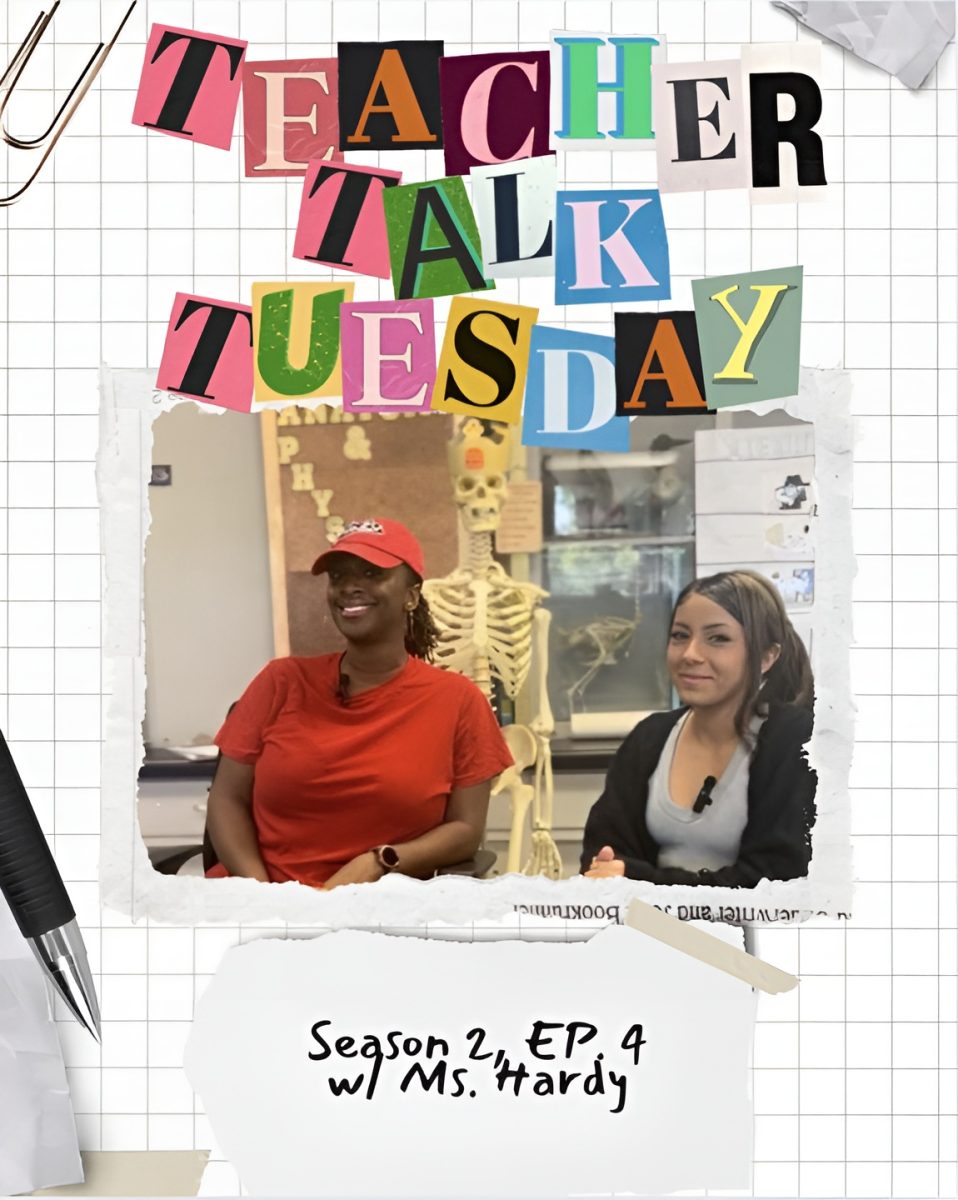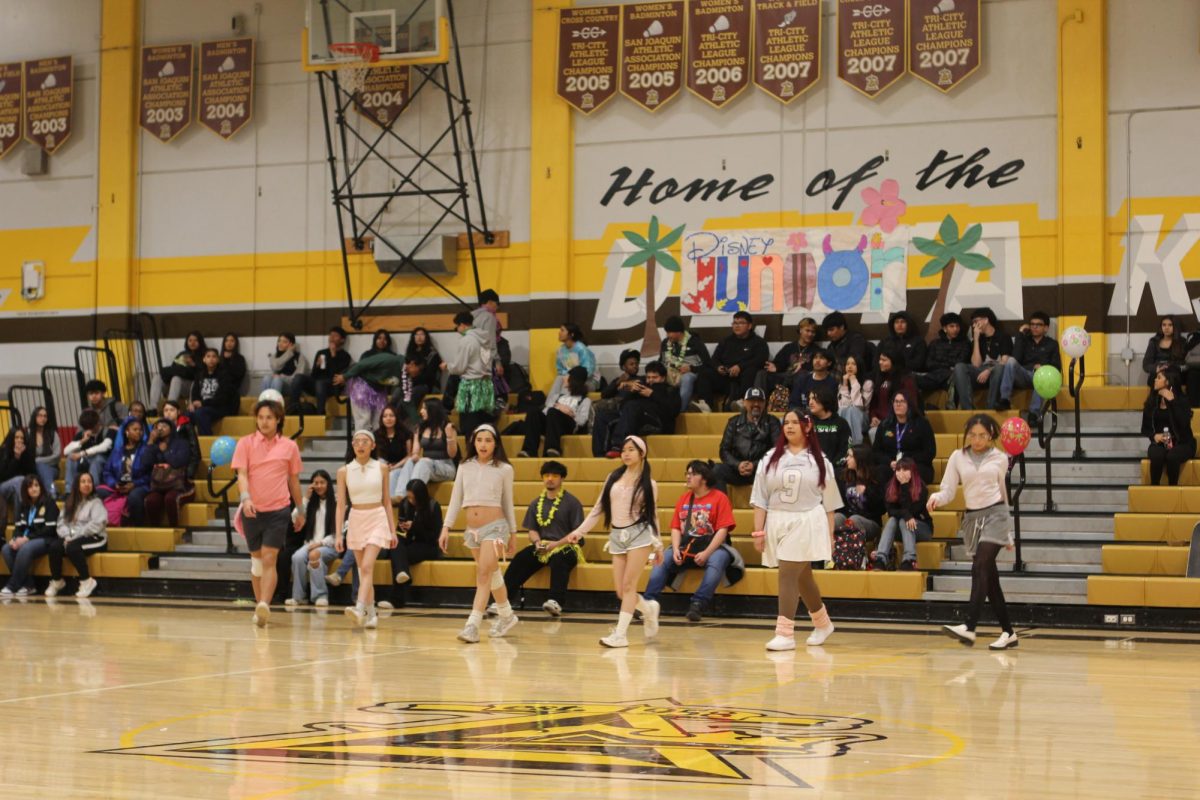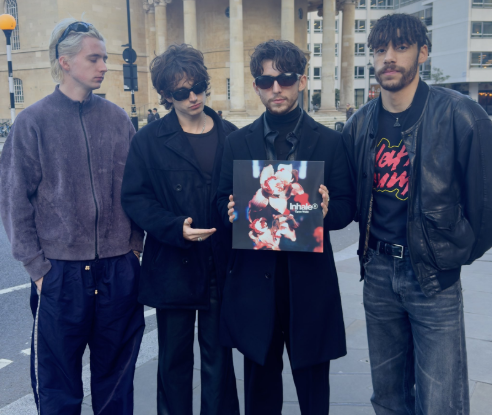Bus-riding students affected by raise in prices, elimination of certain passes
After a fare study and various public hearings, San Joaquin Regional Transit District launched a new “simplified fare structure” at the beginning of the month.
For many students this means paying more money to catch the bus or otherwise finding an alternative way to get to where they need to go. This can cause problems for a lot of students who depend on the bus service to get to school.
One major change is the elimination of most bus passes, leaving only a handful left for riders to purchase.
“We knew that our fare structure was very complex,” Paul Rapp, RTD public information officer, said. “It did make sense to eliminate some of the fares.”
The fares that were eliminated weren’t being used as much as they were expected to be. People typically pay on the bus or purchase one of the more common passes, hence the elimination of the less common ones.
Riders are now limited to a choice of a one-ride pass, one-day pass, 31-day pass, or a 10-ride deviation pass, which is only used on Hopper buses. This causes issues for students who aren’t eligible to receive the free pass that the school hands out.
“The total number of fare types we had was 31,” he said. Now, the number has diminished, and you can count the number of the remaining fares on one hand.
However, the complexity and budget issues weren’t the only reason for change. According to Rapp, people had been finding ways to abuse the bus fares, using them in ways that weren’t intended. Because of this, riders were taking away from RTD’s profit.
“With the way our fare structure was set up, people were using transfers as a round trip,” he said.
Among the other changes is how the fare boxes used for the Metro Express buses now operate. Similar to paying on the bus, they don’t issue change like they used to.
The box change was due to what RTD calls fare box recovery. They discovered that they weren’t recovering a sufficient amount of profit from the boxes. Because change had to be made, they came up with the fare box recovery plan, hoping to receive a positive outcome and more profit.
There were a few other problems that were encountered with the previous fare box structure as well, such as difficulty to maintain the boxes and high security costs. RTD is hoping that the small changes made will truly pay off.
Also wrapped up in the new fare structure is the small change in the fare of one ride. Student riders now have to dig in their wallets in search of an extra quarter in order to catch the bus.
Before, students took the bus for $1.25 and adults took it for $1.50. Now, everyone pays the same $1.50 price. While many riders find this upsetting, sophomore Gilbert Garcia is more optimistic about the change.
He thinks that charging riders more money is a great idea. “I can see why people are getting angry but I think that in the long run, charging people more money will help our economy,” he said.
Not quite tied in with the fare changes is the addition of the 700 bus series, more commonly known as the weekend bus service.
RTD has stopped the regular bus routes from running on the weekend and in its place added new ones to cover the main routes traveled on the weekends. Most riders have a problem with this change because the 700 series doesn’t go to all of the areas that are traveled to on weekdays.
Unlike Garcia, some of the student riders find the changes an outrage, specifically the weekend service.
“I used to take 80 on the weekends, but now, I have to figure out another way to get to where I want to go,” Megan Martin, a junior, said.
Though there are mixed opinions among student riders, only time can truly tell if the “simplified fare structure” is going to benefit them or not.












